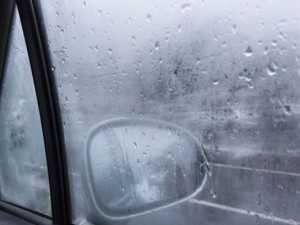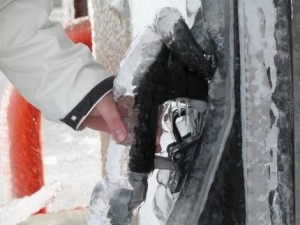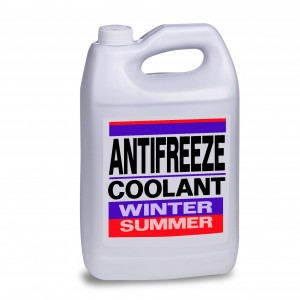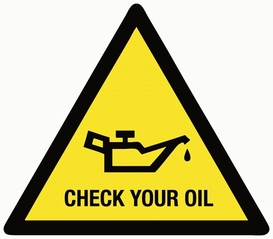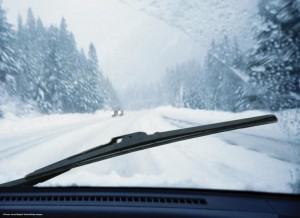
Tip 7: Replace Windshield Wipers and Wiper Fluid
Low visibility can make driving in cold weather extremely dangerous, so it’s important to make sure the wiper blades are up to par. Your wiper blades are made out of rubber, and with time they’ll crack, split and deteriorate. It’s suggested that you replace your windshield wipers every six to 12 months. Keeping your wiper fluid filled up is also a plus, as fluid can assist in breaking up snow and ice on the windshield.

